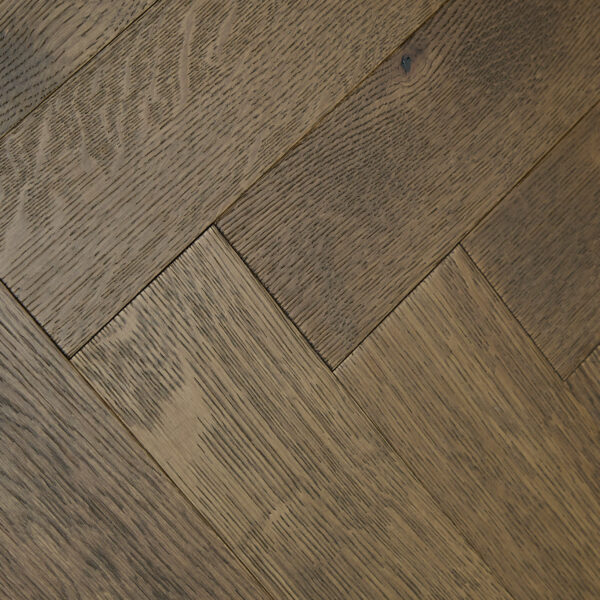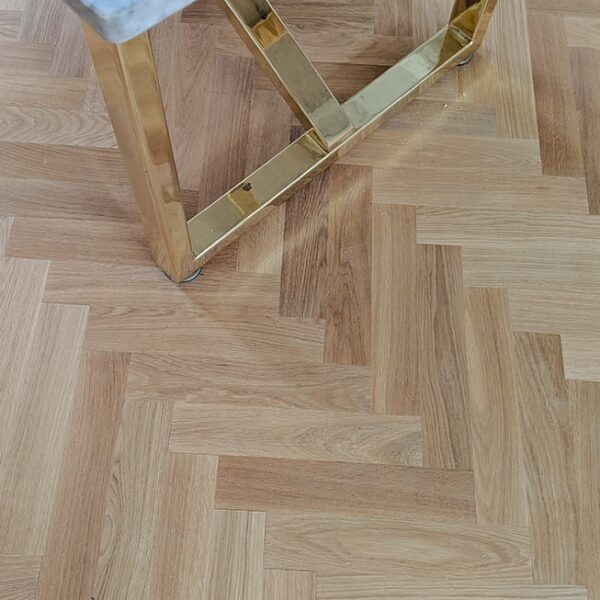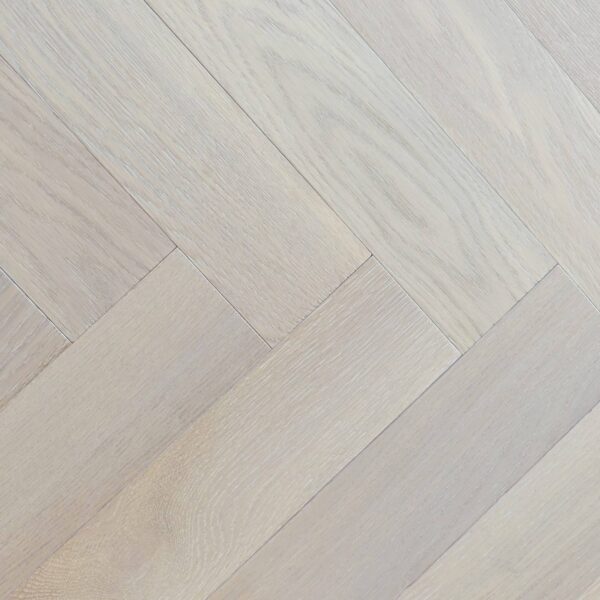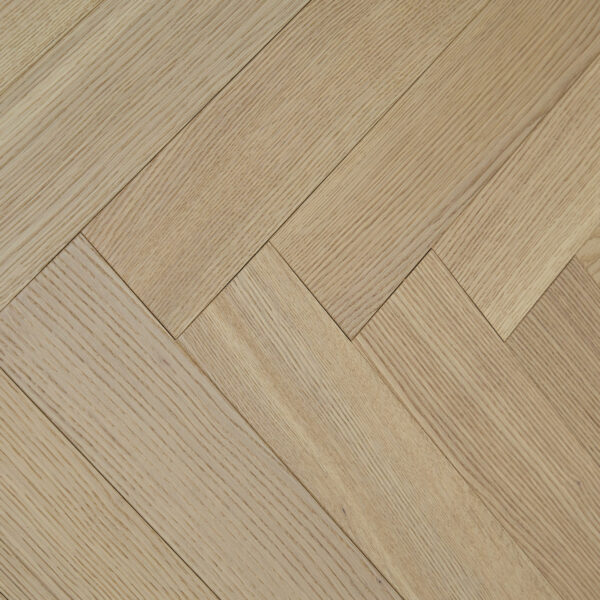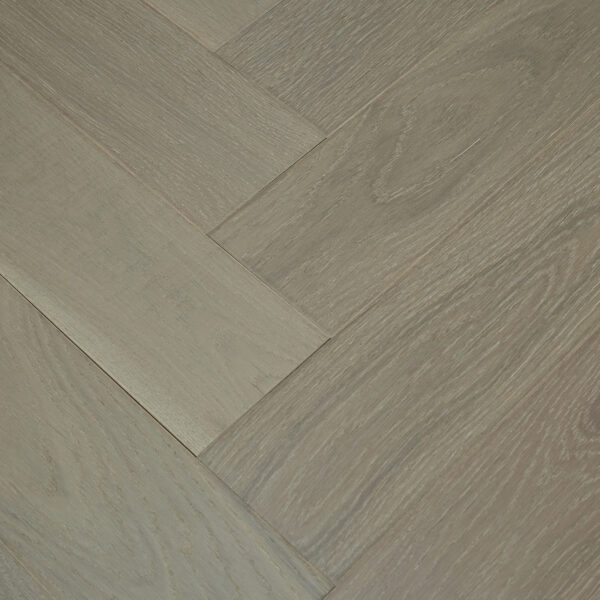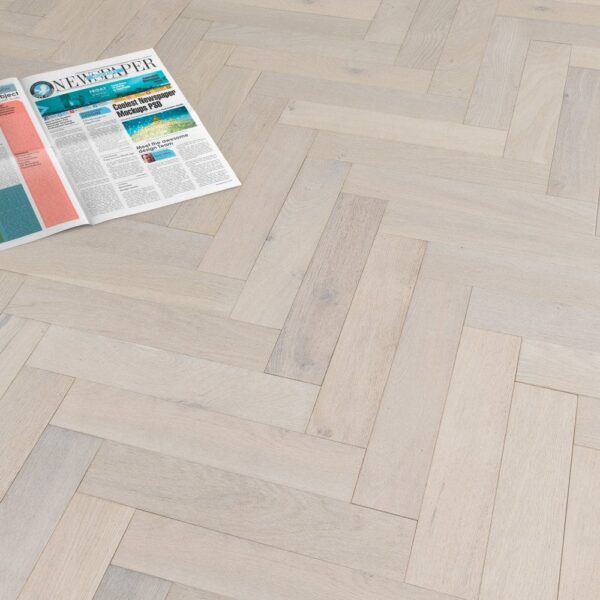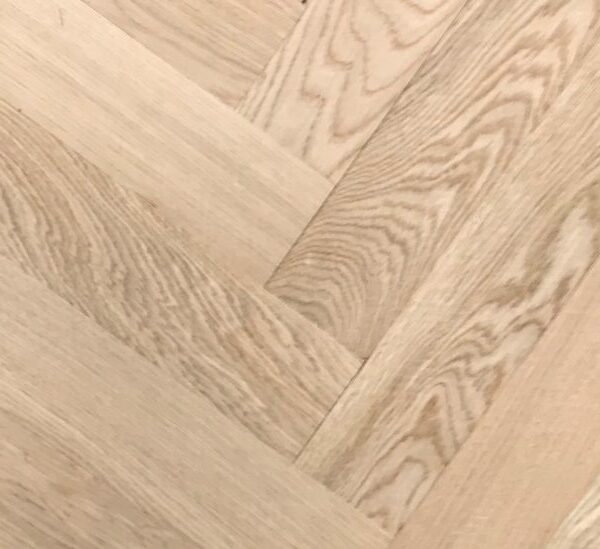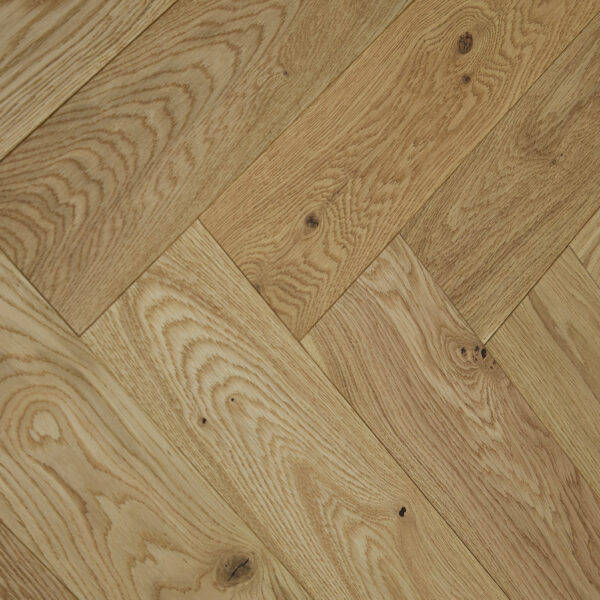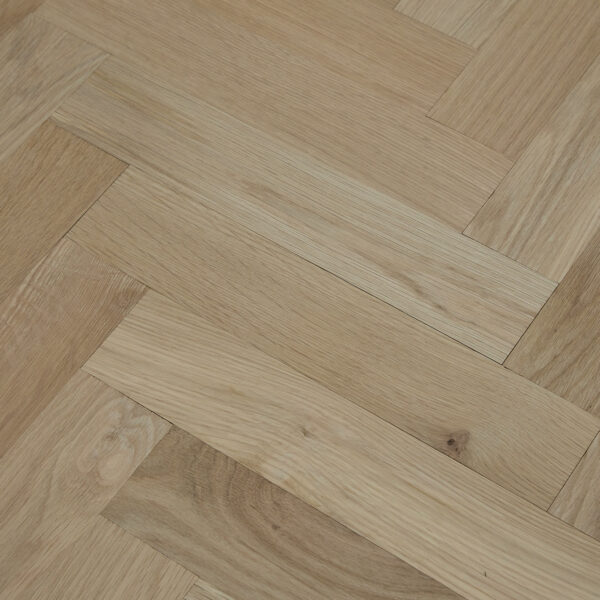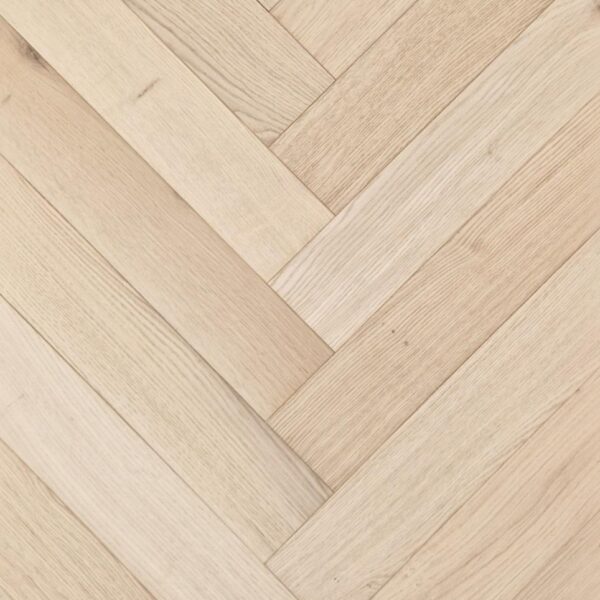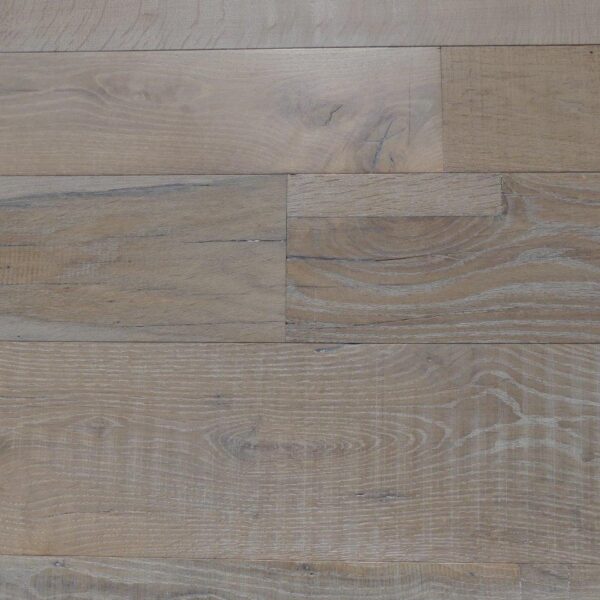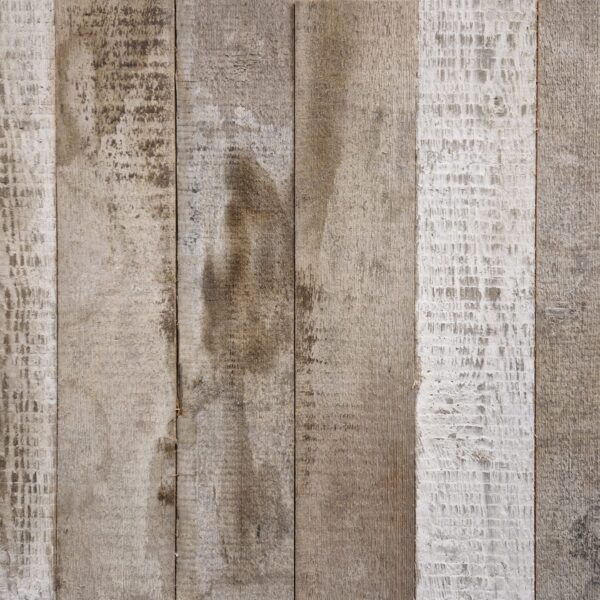Parquet Flooring
ENGINEERED PARQUET FLOORING
DECKA PLANK PREMIUM RANGE – ENGINEERED PARQUET FLOORING
LENGTH SPECIFICATION – LARGE 18/6MM ENGINEERED BLOCKS.
Parquet flooring is a type of flooring that is made up of small wood pieces arranged in geometric patterns. It is known for its elegant and timeless appearance, and it has been used for centuries to enhance the aesthetic appeal of homes and buildings.
The individual wood pieces in parquet flooring are typically made from hardwoods such as oak, walnut, cherry, or mahogany. These pieces are cut into small, uniform shapes, such as squares, rectangles, or triangles. The most common pattern used in parquet flooring is the herringbone pattern, where the pieces are laid in a zigzag arrangement.
Parquet flooring offers several advantages. First, it adds a touch of sophistication and visual interest to any space. The intricate patterns and natural wood grain create a unique and luxurious look. Second, parquet flooring is durable and long-lasting. Hardwood is known for its strength, and when properly maintained, parquet floors can withstand heavy foot traffic and last for many years.
Maintenance of parquet flooring typically involves regular sweeping or vacuuming to remove dirt and debris. It is important to avoid using excessive moisture when cleaning parquet floors, as this can damage the wood. Instead, a damp mop or specialized wood floor cleaner can be used for periodic cleaning.
If properly installed and maintained, parquet flooring can significantly enhance the value and appeal of a property. It is commonly found in residential homes, commercial spaces, and even historical buildings. Whether you prefer a classic or modern interior design, parquet flooring offers a versatile and beautiful flooring option.
Benefits of Engineered Parquet Flooring:
Engineered parquet flooring offers several benefits compared to traditional solid wood parquet flooring. Here are some advantages of engineered parquet flooring:
Stability:
Engineered parquet flooring is designed to be more stable than solid wood flooring. It consists of multiple layers of wood stacked in a cross-grain construction, which makes it less susceptible to expansion and contraction caused by changes in temperature and humidity. This stability makes it a suitable choice for areas with fluctuating moisture levels, such as kitchens or basements.
Durability:
Engineered parquet flooring is highly durable and resistant to warping, twisting, and cupping. The layers of wood are bonded together under high pressure, making it stronger and more resistant to wear and tear. This durability ensures that the flooring will maintain its appearance and structural integrity over time.
Versatility:
Engineered parquet flooring is available in a wide range of styles, patterns, and finishes. It can replicate the look of various wood species, including oak, walnut, and maple. Additionally, engineered parquet flooring can be easily stained, painted, or finished to achieve the desired aesthetic, allowing for customization to match different interior design styles.
Easy Installation:
Engineered parquet flooring is typically designed for easy installation. It often comes in click-lock or tongue-and-groove systems, allowing for straightforward and efficient installation. This feature makes it suitable for DIY projects or areas where time and convenience are important factors.
Compatibility with Underfloor Heating:
Engineered parquet flooring is well-suited for use with underfloor heating systems. Its construction allows heat to transfer more efficiently compared to solid wood flooring, making it an excellent choice for maintaining a comfortable and cozy environment.
Cost-Effective:
Engineered parquet flooring is generally more affordable than solid wood parquet flooring. The manufacturing process allows for efficient use of materials, resulting in a lower price point without compromising on quality or aesthetics.
Overall, engineered parquet flooring combines the beauty and warmth of wood with enhanced stability, durability, and versatility, making it a popular and practical flooring choice for many homeowners and designers.
What style of house does parquet flooring suit?
Parquet flooring is a versatile flooring option that can suit various styles of houses. Its classic and elegant appearance can complement different architectural styles, adding warmth and character to a space.
Here are a few styles of houses where parquet flooring is often well-suited:
Traditional and Classic Homes
Parquet flooring has a timeless appeal that complements traditional and classic home styles. It can enhance the elegance of Victorian, Georgian, or Colonial-style homes, creating a refined and sophisticated atmosphere.
Rustic and Farmhouse
In rustic or farmhouse-style homes, parquet flooring can provide a contrasting element. The juxtaposition of the intricate parquet patterns against the rustic or distressed elements in the space can create a unique and eclectic look.
Mid-Century Modern
Parquet flooring can be a great choice for mid-century modern homes. The geometric patterns and natural wood tones of parquet flooring align well with the clean lines and minimalist aesthetics of this architectural style.
Contemporary and Modern
Parquet flooring can also work well in contemporary and modern homes. With its ability to be customized in different finishes and patterns, parquet flooring can be adapted to suit modern design aesthetics. It can add warmth and visual interest to sleek and minimalist interiors.
Vintage and Retro Homes
Parquet flooring can add a touch of nostalgia to vintage or retro-inspired homes. It pairs well with vintage furnishings and decor, creating a cohesive and nostalgic ambiance.
High-end and Luxury Homes
Parquet flooring is often associated with luxury and high-end properties. Its intricate patterns and the use of premium hardwoods can elevate the overall aesthetic and value of a luxury home.
Reclaimed Parquet Flooring
Reclaimed parquet flooring refers to parquet flooring that has been salvaged from older buildings or structures and repurposed for use in new projects. Instead of being discarded, the wood from the original parquet floors is carefully removed, cleaned, and refurbished to create a unique and sustainable flooring option.
Here are some key points about reclaimed parquet flooring:
Sustainability
Reclaimed parquet flooring is an environmentally friendly choice because it reduces the demand for new wood and prevents old flooring from ending up in landfills. By repurposing existing materials, it helps conserve natural resources and contributes to sustainable construction practices.
Character and History
One of the main attractions of reclaimed parquet flooring is the character and history it carries. The wood used in older parquet floors often exhibits unique patina, weathering, and signs of age that can add charm and a sense of nostalgia to a space. Each piece of reclaimed parquet tells its own story, creating a distinct and individualized flooring design.
Variety of Wood Species
Reclaimed parquet flooring can feature a wide range of wood species, depending on the original source. This diversity allows for different colours, grain patterns, and textures, providing ample opportunities for customization and creating a truly unique floor.
Quality and Durability
Reclaimed parquet flooring is often made from high-quality hardwoods that were used in older construction. These hardwoods are known for their durability and can withstand heavy foot traffic. When properly refurbished and installed, reclaimed parquet flooring can last for many years, even decades.
Restoration and Installation
Before installation, reclaimed parquet flooring typically undergoes a restoration process. This can involve cleaning, repairing damaged pieces, sanding, and refinishing. The flooring is then carefully laid and secured using adhesive or other appropriate methods, following the installation techniques for parquet flooring.
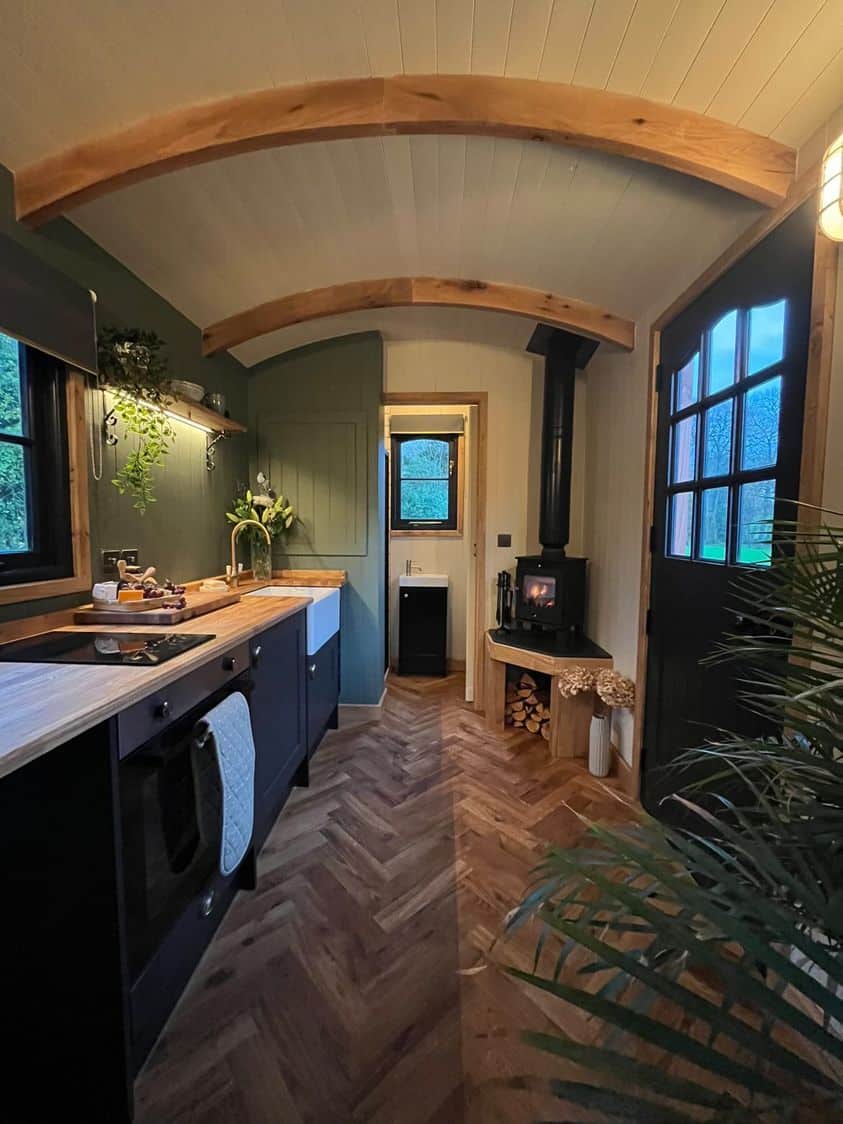
Design Versatility
Reclaimed parquet flooring can be used in various design styles, ranging from traditional to contemporary. Its inherent character and uniqueness can bring warmth and visual interest to any space, whether it’s a residential home, commercial establishment, or a restoration project.
Conclusion
It’s important to note that reclaimed parquet flooring may require some additional care and maintenance due to its age and unique characteristics. However, for those seeking a sustainable, one-of-a-kind flooring option with a rich history and aesthetic appeal, reclaimed parquet flooring can be an excellent choice.
How to install parquet wood flooring?
Installing parquet wood flooring requires careful preparation and attention to detail. Here are the general steps involved in installing parquet wood flooring:
Prepare the Subfloor:
Ensure that the subfloor is clean, dry, and level. Remove any existing flooring, carpet, or debris. Repair any cracks or uneven areas in the subfloor. It’s important to have a smooth and stable base for the parquet flooring.
Acclimate the Wood:
Allow the parquet wood flooring to acclimate to the room where it will be installed. This usually involves leaving the wood in the room for a few days to adjust to the temperature and humidity.
Plan the Layout:
Decide on the pattern and layout of the parquet flooring. Common patterns include herringbone, basketweave, and brick. Plan the starting point and direction of the planks, considering the room’s dimensions and any focal points or transitions.
Install the Underlayment:
Lay down an underlayment or moisture barrier, especially if installing the parquet flooring over a concrete subfloor. The underlayment helps with sound absorption and moisture protection.
Apply Adhesive:
Apply a high-quality wood adhesive to the subfloor using a trowel. Follow the manufacturer’s instructions regarding the specific adhesive and application method.
Install the Parquet Flooring:
Begin installing the parquet wood flooring, starting from the predetermined starting point. Apply adhesive to the back of each parquet piece and press it firmly onto the subfloor. Use a rubber mallet or block to ensure proper adhesion and to level the pieces.
Cut and Fit the Pieces:
As you reach the edges and corners of the room, you will likely need to cut and fit the parquet pieces accordingly. Use a mitre saw, jigsaw, or other appropriate tools to make precise cuts. Leave a small expansion gap around the perimeter of the room to allow for natural movement of the wood.
Sand and Finish:
Once the parquet wood flooring is installed, sand the surface to smooth out any imperfections or unevenness. Follow up with a suitable wood finish, such as polyurethane or oil-based finish, to protect and enhance the appearance of the wood.
Allow for Drying Time:
Depending on the type of finish used, allow sufficient time for the finish to dry and cure before walking on or placing furniture on the newly installed parquet wood flooring. Follow the manufacturer’s recommendations for drying times.
Install Mouldings and Transitions:
Install baseboards, quarter round mouldings, and any necessary transition pieces to create a finished look and cover the expansion gap around the edges.
It’s important to note that these steps provide a general overview of the installation process. It’s always recommended to consult the manufacturer’s installation guidelines and seek professional assistance if needed, especially if you’re unfamiliar with flooring installation techniques.
Looking For Our Pricing? Call Us Now
Fast Shipping
Fast shipping on all orders from UK
Secure Payment
We offer safe shopping guarantee
100% Satisfaction
We have 100% positive feedback from our clients
Telephone Support
We are always on hand for any questions you may have
FREE SAMPLES & TECHNICAL EXPERTISE - NEXT DAY DELIVERY - STOCK RESERVATION AVAILABLE
Inspiration
Examples of our products in live settings
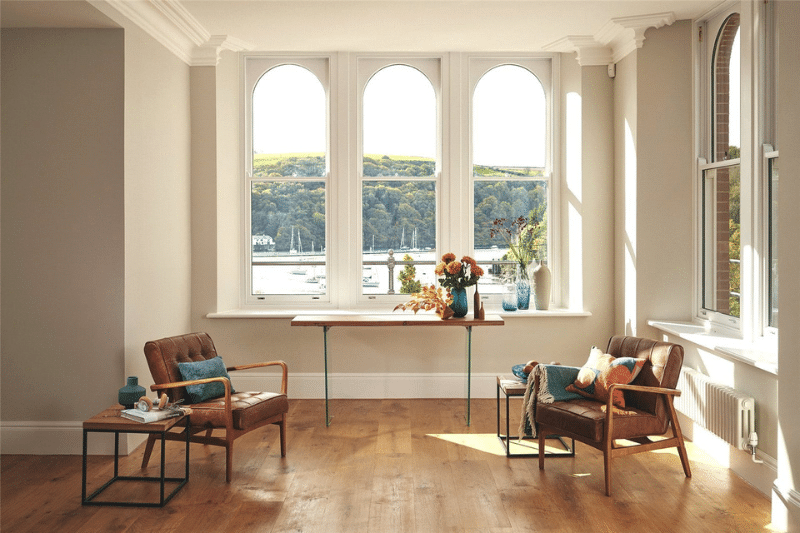
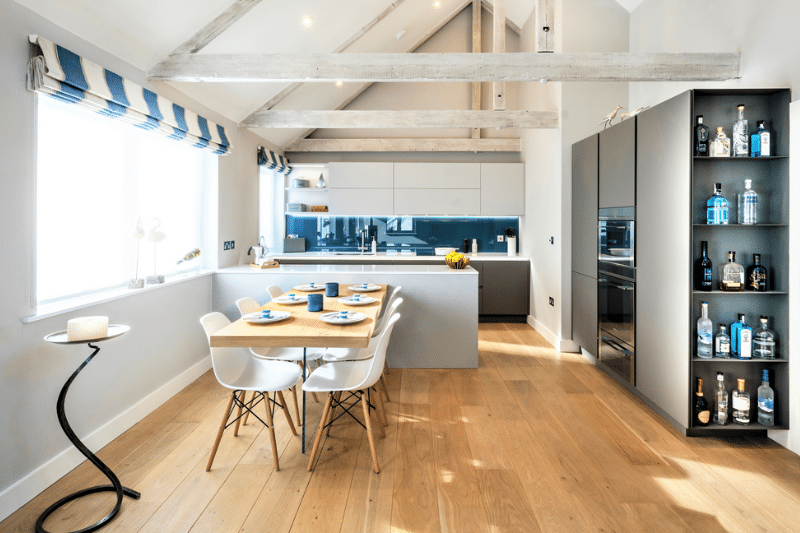
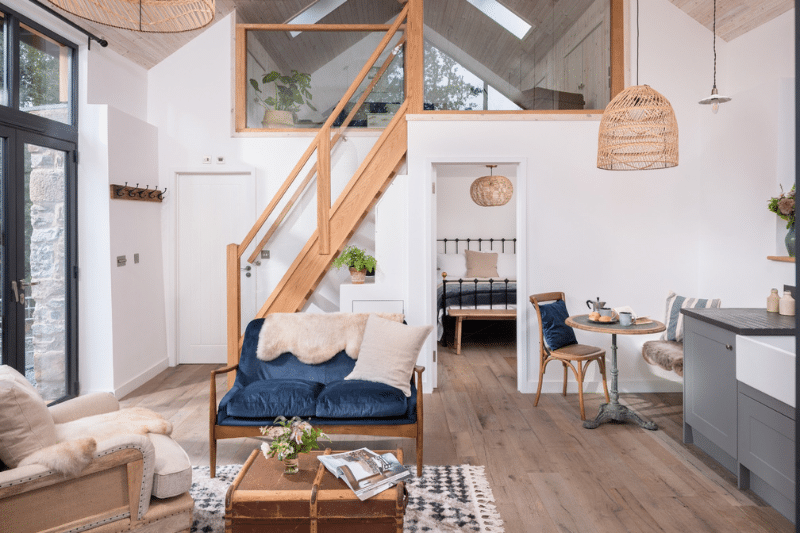
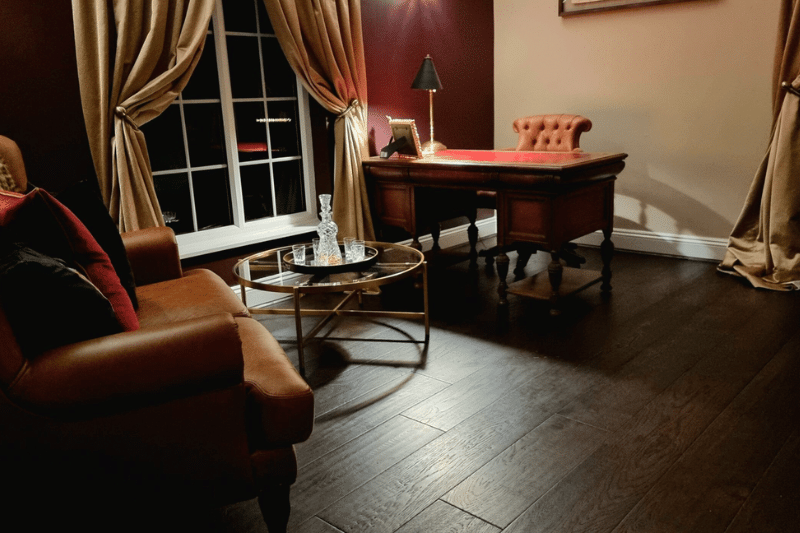
GET IN TOUCH
Have an idea or project then please get in touch...

